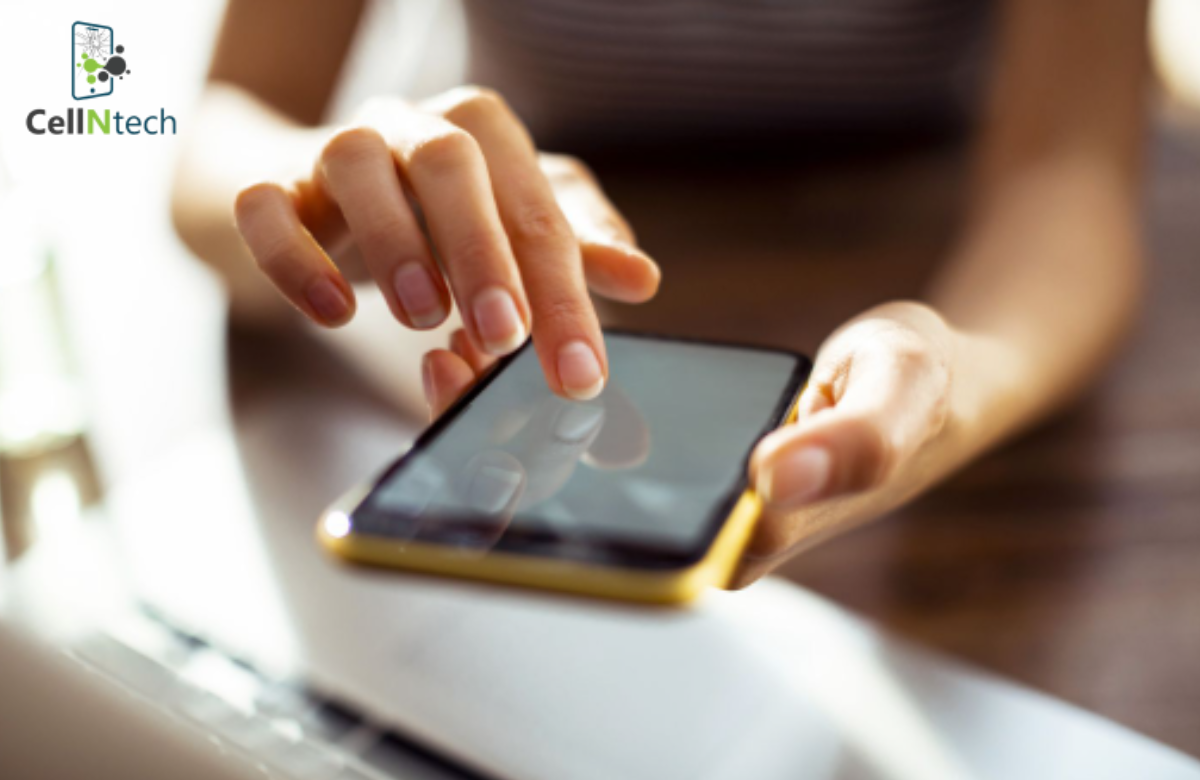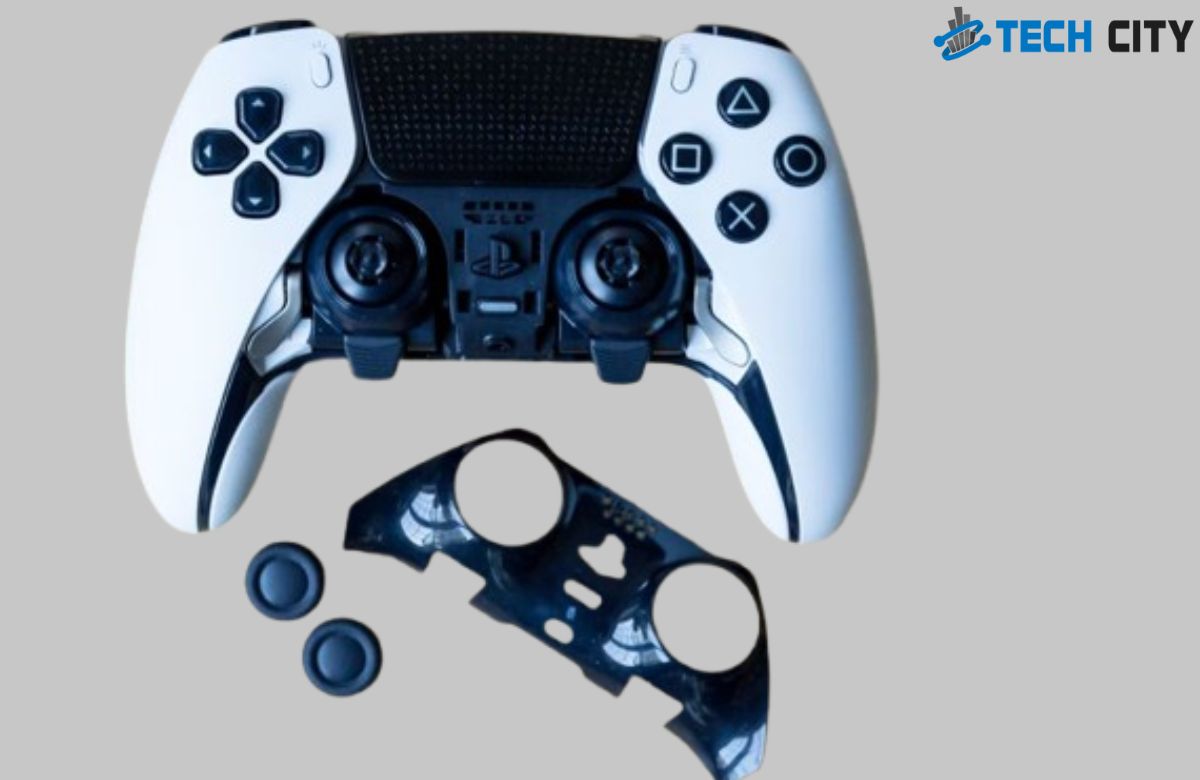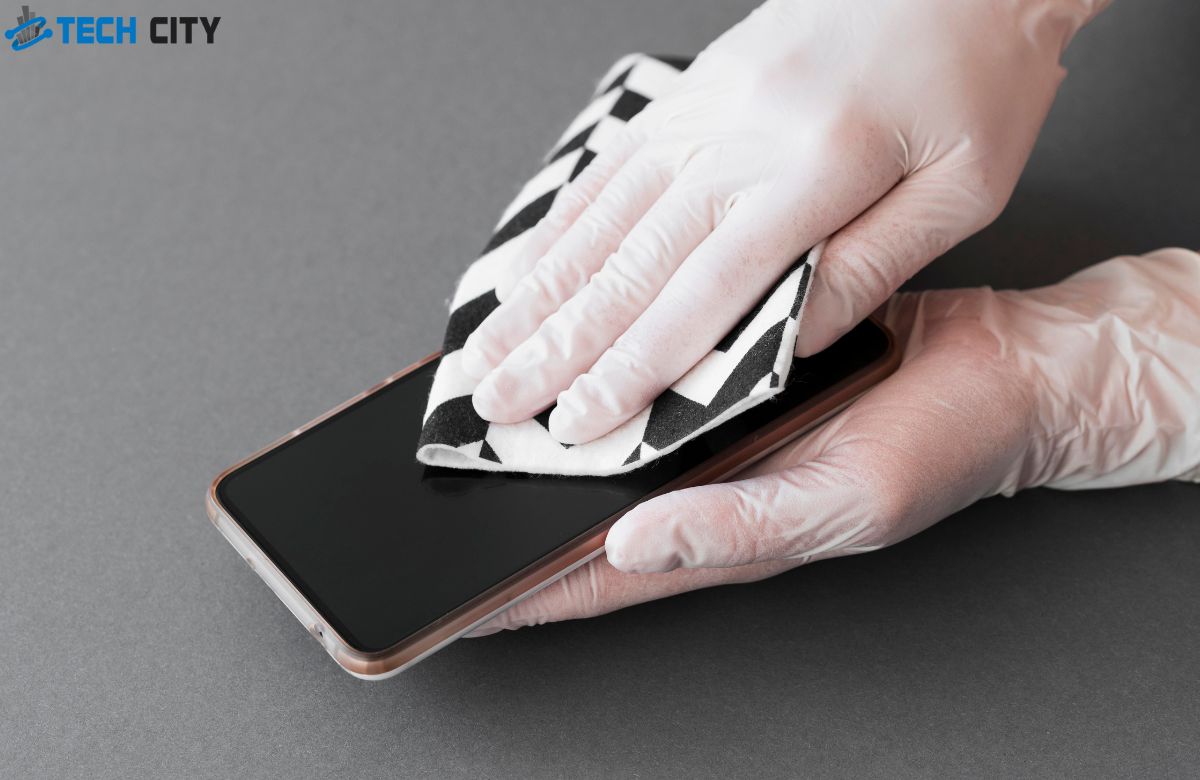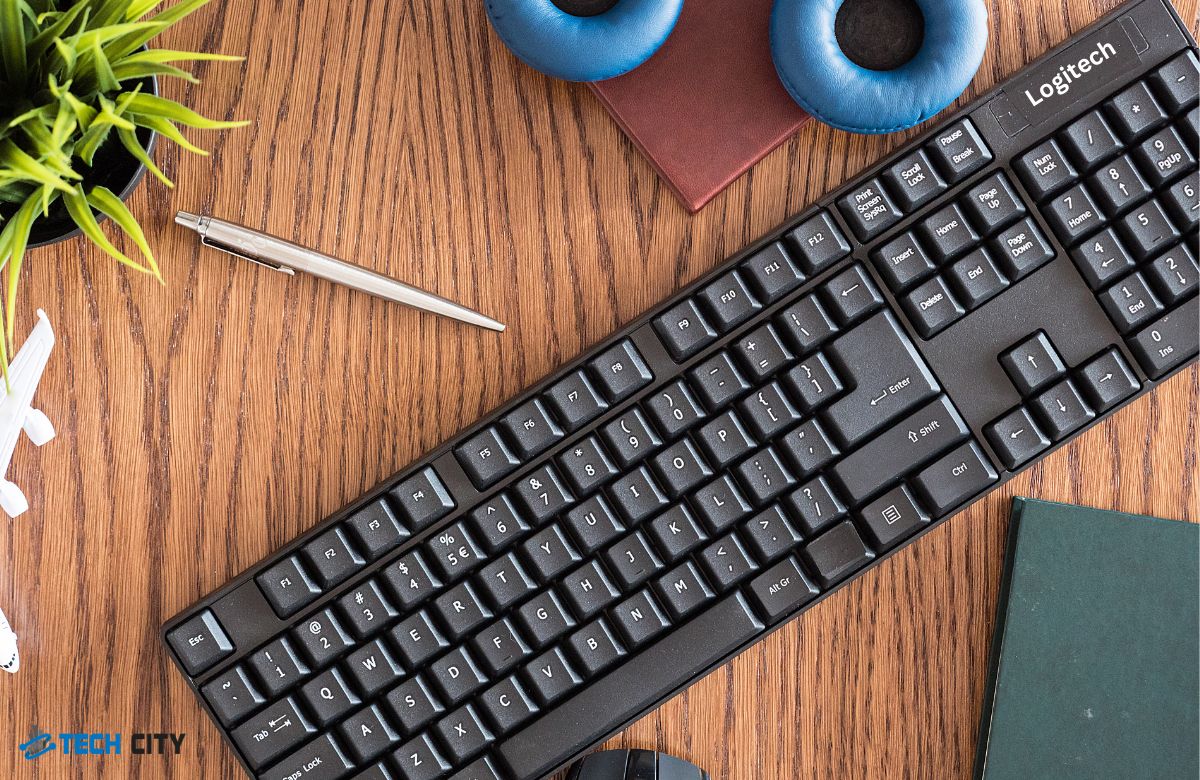Repairing a cracked liquid screen protector can be achieved through various methods, from household items like toothpaste and baking soda to specialized solutions like metal polish and scratch remover pens. In cases where DIY attempts fall short, apply a new screen protector or seek expert guidance from a phone repair shop.
What Materials are Needed for Scratch Removal?
To eliminate scratches from a liquid glass screen shield, you typically need materials like toothpaste, baking soda, a microfiber cloth, and a plastic polish designed for electronic screens.
- Soft Cloth
- Toothpaste
- Baking Soda
- Metal Polish
- Scratch Remover Pen
- Water or Rubbing Alcohol
Assessing the Damage
Evaluating the level of damage before starting the corrosion removal process is unambiguously indispensable. Minor scratches may require different techniques than deeper ones. Here are the steps to evaluate the scratches on your liquid glass screen protector:
Clean the Screen
If there are dust particles or grime, rub them off the monitor using a microfiber cloth. This ensures a clear view of the scratches and helps protect your screen from damage.
Inspect in Good Lighting
Examine the screen under good lighting to identify the scratches accurately. Rotate the device to catch the light from different angles, making it easier to spot and remove scratches from the liquid glass screen protector.
Toothpaste Magic: A Gentle Touch
- Application: Use a small amount of toothpaste on scratches.
- Technique: Gently rub with a microfiber cloth.
- Explanation: Toothpaste’s mild abrasiveness aids in minimizing scratches, restoring clarity to the liquid screen protector.
Baking Soda Paste: Finish off the Defects
- Creation of Paste: Mix baking soda with water to form a paste.
- Application: Apply the mixture on scratches and rub with a soft microfiber cloth.
- Effectiveness: Ideal for light scratches, as the fine particles in baking soda help repair scratches on liquid glass screen protectors.
Metal Polish for Deeper Scratches
- Application: Apply a small amount of metal polish to the scratched area.
- Buffing: Gently buff the area with a soft cloth.
- Purpose: The abrasive properties of metal polish can effectively eliminate deeper or stubborn scratches.
Specialized Solution: Scratch Remover Pen
- Use of Pen: Follow the pen’s instructions for liquid screen protectors.
- Application: Apply the pen to the scratched area.
- Benefits: Scratch remover pens contain specialized solutions to minimize and fill in scratches, as explained by Tech City professionals.
Consider a New Layer of Protection: Apply Another Screen Protector
- Extensive Scratches: Consider applying a new screen protector if DIY solutions fail.
- Purpose: While not removing existing scratches, this provides a new, transparent layer of protection, preventing further damage to your screen.
Performing Precedent Action Before Damage Happens
If you have successfully fixed your scratched screen protector, the following tips for removing and saving scratches on screen protectors are crucial.
Handle Your Device with Care
Taking care of your phone ensures longevity and optimal performance and preserves its resale value, enhancing your overall digital experience. Do not accidentally drop it; avoid any circumstances where the watch will likely be hit.
Invest in Good Quality Screen Protectors
When it comes to liquid screen protectors, quality is vital. Choose renowned brands recognized for their durability. Splurging on a reliable protector is a protector you splurge on, prolonging the durability and lifespan of your unique gadget.
Regular Screen Check-ups
Make it a habit to inspect your screen protector regularly for signs of wear and tear, as well as potential causes of screen damage. By being mindful of any indications of wear and tear, you can preemptively detect and curtail the escalation of significant problems. This is also an excellent way to remove scratches from liquid glass screen protectors. Additionally, addressing the causes of screen damage promptly can help maintain the integrity of your device’s screen.
Precision in Screen Protector Application
When using your liquid screen protector, strictly do precisely what you are told to do as the guidelines suggest. Boasting a fine air spray, our product has a minimal chance of bubbling and flawless screen coverage, giving your smartphone the ultimate and undivided protection.
How do you remove scratches from liquid glass?
Use a minimal quantity of toothpaste paste or a mix of baking powder and water on a piece of cloth to rub the scratches using circular movements. Now, take a clean, damp cloth to remove residual marks, revealing a smooth, scratch-free surface. This is the best way to remove scratches from a liquid glass screen protector.
Can toothpaste remove scratches?
Toothpaste can effectively remove minor scratches from various surfaces, including screens and glass. Its mild abrasive properties help buff surface imperfections when applied in circular motions. However, it may not work for deep or extensive scratches, and non-gel toothpaste is recommended for better results.
Does liquid glass crack?
Liquid glass, which is most commonly used for screen protectors, is vital in resisting cracks because it is flexible and very durable. It may not be able to withstand extreme force or pressure, and limited squeezing may cause cracking or damage. Regular care and cautious handling are advisable.
Conclusion
Learning how to remove scratches from liquid glass screen protectors is manageable with the right tools and techniques. Remember to exercise patience and avoid using abrasive materials that could further damage the screen. By following the steps outlined by Tech City experts, you can restore your device’s screen to its former glory and enjoy a scratch-free viewing experience. If you encounter any difficulties or prefer professional assistance, don’t hesitate to visit a reputable phone repair shop for expert help.




